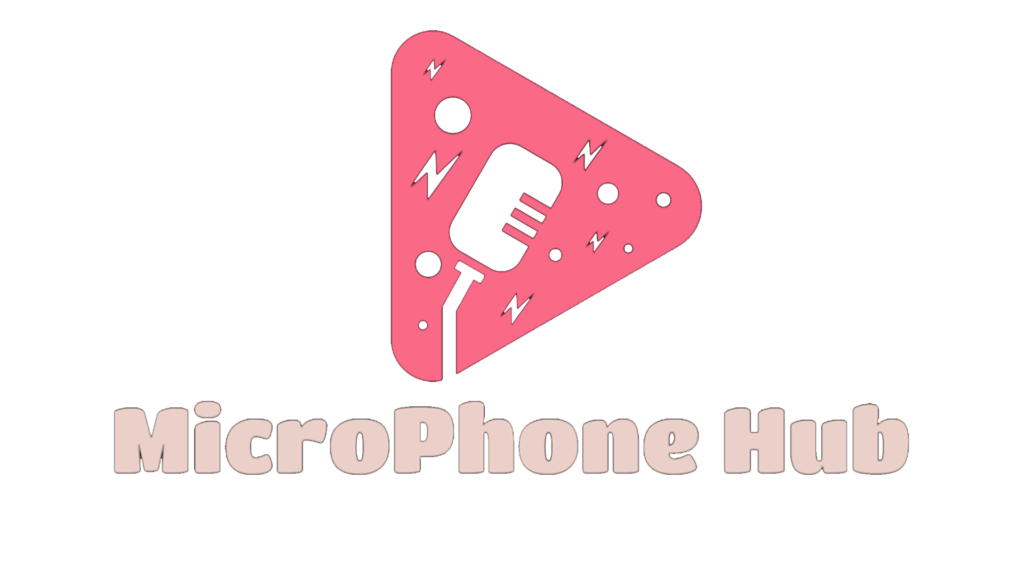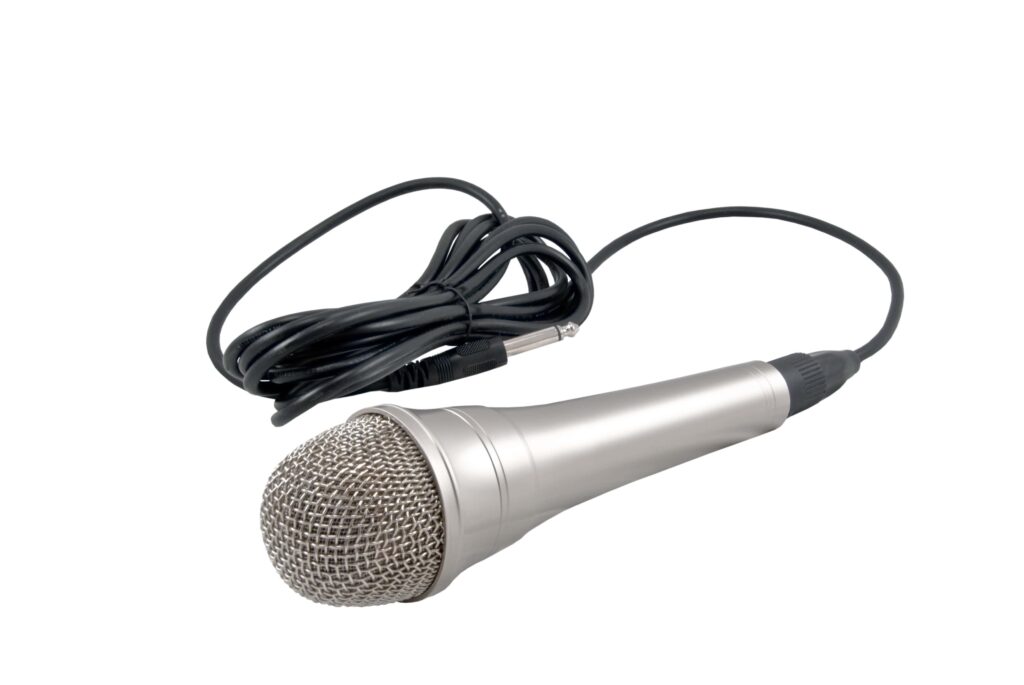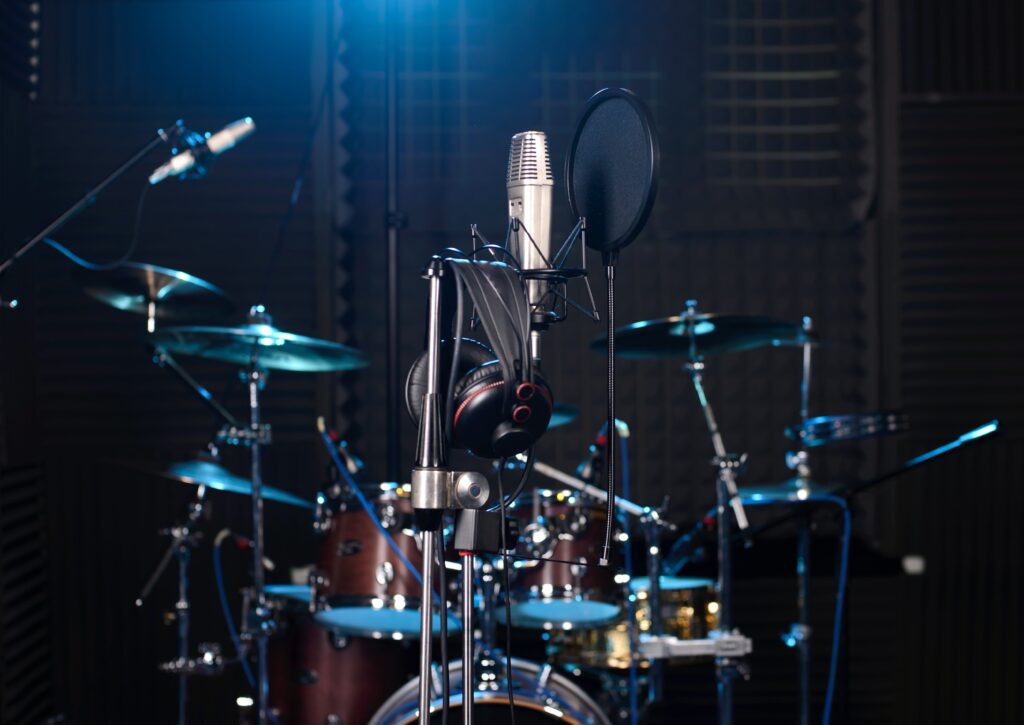Podcasts are a trendy way to create content and engage your audience. So, it is the best technique to add variety to your content bucket. A key thing that makes your podcast unique is that a professional studio produces the episodes. The good news is you can record a podcast in a professional way with little effort and equipment.
This article will help you be more successful when record a podcast. In what sense? Breaking down the audio recording process, discussing the right equipment for podcasting, and recommending the best editing software. And we’ll even throw in some expert tips that other guides likely won’t offer! Let’s go now.
What Equipment Do I Need to Record a Podcast?
You can have the best theme and plan in the world, but everything will be a utopia without the equipment needed to record a podcast. So what do you need? Let’s figure it out!
Selecting the Right Equipment
Investing in quality recording equipment is essential for producing a professional-sounding podcast. At a minimum, you’ll need the best microphone, microphone accessories, headphones, recording and editing software and, of course, a social media or streaming platform. USB microphones are an excellent entry-level choice, while XLR microphones provide higher audio quality. You can check high-quality microphone brands such as Blue Yeti, Audio-Technica, and Shure for buying the microphone for podcasts.
Tip: Figure out your unique environment and need, then buy the gear. It will be best for your upcoming podcast content.
Find the Right Location for Record a Podcast
Avoid record a podcast in a small room with hard surfaces, which may degrade sound quality and lead to echo and distortion. This will not improve the excellent quality in any way. Instead, record in a large, quiet, airy room. Ensure there is no background noise (the air conditioner or heater may be loud while recording). Use a material that can absorb or diffuse sound when tuning. You can use a noise-cancelling microphone while recording outside or in an office. It brings incredible results.
Podcast Recording Software
Record a podcast with software will help to make your recording super easy and professional. There are various recording software options available, ranging from free to professional-grade. Audacity, GarageBand, and Adobe Audition are popular choices. Choose one that suits your skill level and budget. Before recording your first episode, familiarize yourself with the software’s interface and settings.
Microphone Techniques for Podcast Recording
Proper microphone technique plays a significant role in capturing clear and crisp audio. Position the microphone comfortably (typically 6-8 inches away), and speak directly into it. Experiment with microphone placement to find the optimal position for your voice.
Test Your Setup
Before recording the actual podcast episode, conduct a test recording. This allows you to check audio levels, ensure all equipment functions correctly, and identify potential issues. Adjust microphone gain, headphone volume, and other settings for the best sound quality.
Equalize your Audio for Best Results
If you’re like most new podcasters, you might need to learn what equalization is. It’s balancing and adjusting your audio’s frequency/range of frequencies. By using audio processing filters, you can adjust the frequencies of your equipment to reduce mistakes and make your podcast episodes sound better.
Plan Your Upcoming Episodes
Before you hit the record button, create a detailed outline for each episode. You can outline the key points you want to cover, the structure of the episode, and any supporting materials or resources you might need. A script or outline will help organize your podcast and help you communicate your message effectively. Adding a person or content requirements is fine, but having a thorough action plan will ensure you get all the essential points.
Editing Your Podcast
Editing is a crucial step in the podcast production process. Use your editing software to remove background noise, eliminate mistakes or awkward pauses, and enhance overall audio quality. Add intros, outros, and music if required, but be aware of copyright content regulations.
You can Create a Podcast on the Phone
You can start a podcast using a call recording app on your Phone. You can use the built-in microphone, which is surprisingly good on most devices, but the market is entirely of high-quality microphones for the iPhone and other smartphones at a reasonable price. When it comes time to edit, you’ll want to transfer your audio files to your computer to take full advantage of the editing software. You’ll also use your computer to upload your podcasts to the hosting service and to monitor user activity on various podcast platforms.
Record a podcast doesn’t have to be complicated; you can get quality audio without a complex setup. A little effort in pre-recording can save you time in post-production and go a long way toward improving the quality of your episodes. Happy Recording!




